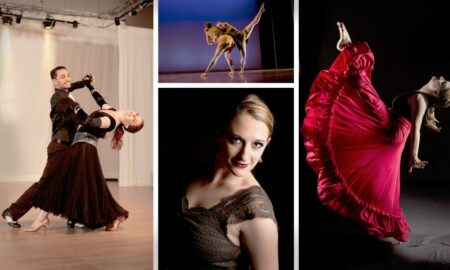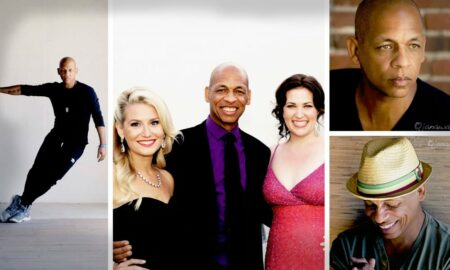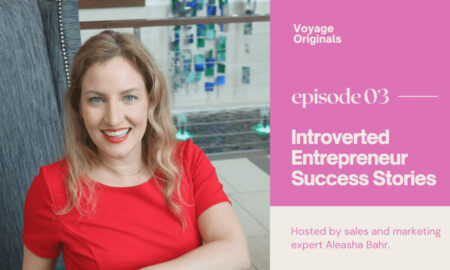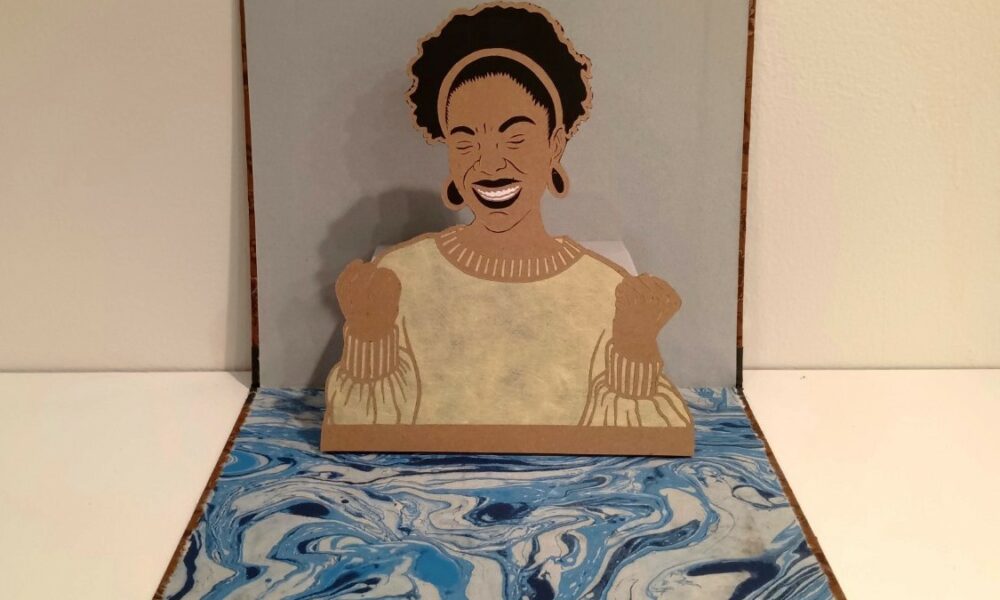

Today we’d like to introduce you to Jerushia Graham.
Hi Jerushia, so excited to have you on the platform. So before we get into questions about your work-life, maybe you can bring our readers up to speed on your story and how you got to where you are today?
I was born at Fort Jackson in South Carolina, I spent most of my childhood growing up on military bases. I was always interested in visual art. My parents say that I told them at the age of four that “I needed a camera and paints because every good artist takes their own pictures and paint is what I need to make my art”. My parents were very supportive and creative in their own respect. They kept my siblings and I actively involved in artmaking. Artistic expression was always part of everyday life; art was accessible and expected.
My life-long interest in art eventually led me to earning dual BFA degrees in Printmaking and Fiber Arts from the University of Georgia. While at UGA I co-founded “us”, a Black artist collective that hosted juried exhibitions and conducted community arts outreach. After graduating, I participated in the Fabric Workshop and Museum’s apprenticeship program learning firsthand all the research and technical support behind major projects from established artists. It was during this time I fell in love with the city of Philadelphia and eventually ending up pursuing an MFA in Book Arts/Printmaking from the University of the Arts. While completing my studies, I interned at the American Philosophical Society and the African American Museum in Philadelphia. These experiences along with my outreach teaching with the “us” Collective would come in handy while working for Spiral Q Puppet Theatre after graduation. Spiral Q is a non-profit art and social justice organization that uses large-scale street puppets and pageants to bring attention to social justice issues. The work reinforced my love of story and image and instilled in me an even greater belief in the power of art as a tool for change.
During my time as the Museum & Education Coordinator for Spiral Q, I managed to do a residency with the 40th Street AIR program in Philly. The sketches and small-scale papercuts that I created during that residency eventually led to the papercuts and pop-ups that you see in my work today. Eventually, I moved back to GA to be closer to my family and juggled part-time work as an outreach coordinator for Atlanta Printmakers Studio and teaching at multiple art centers with adjunct positions at The Art Institute in Decatur, Kennesaw State, and West Georgia before taking a full-time position coordinating exhibitions for Robert C. Williams Museum of Papermaking on the campus of Georgia Tech. My work as an exhibitions coordinator is an extension of the community-building aspects of my earlier positions. I am always looking for ways to invite audiences to connect in a meaningful way with information, artifacts, and art on display.
I keep my personal artwork going by challenging myself to participate in 3-6 exhibitions a year and applying for residencies and grants. For those interested in seeing my work, the annual Atlanta and Friends exhibition will be on display in January at the Aviation Community Cultural Center here in Atlanta and I currently have a solo exhibit titled In This Place on display at the Hudgens Center for Art and Learning. The show opened in November and will be on view through January 14, 2023. My work seeks to create a quiet space for introspection and encourage empathy. The work is a way for me to think through my hands, to process the daily news, politics, interpersonal relationships, and global social justice issues. I want the work to be approachable and accessible; I want it to feed the soul.
We all face challenges, but looking back would you describe it as a relatively smooth road?
As a creative person, you have to grow a thick skin. For every 100 show, residency, or grant you apply for you’re likely to only get a tenth of those opportunities. You also have to trust your vision. It’s easy to be led astray of what you’re trying to achieve if you start to cater to what other people think the work should be. You’ve got to be committed to being steadfast. Though I’d known since I was four that I wanted to be an artist, after my first semester at college I came home worried and discouraged. My father listened to me talk about the skills and abilities of the other students and he finally said, “It sounds like the problem is you are spending too much time worrying about what everyone else is doing and not enough time focused on your own work. You have everything you need to just focus on what you’re doing.” Not everyone is going to like or understand your art; there’s pieces that don’t resonate with me and I’m okay with feeling that way even if the work is being celebrated.
The biggest challenge has simply been to keep making work. It gets hard when you’re out of school and have less access to equipment and your time and attention is being pulled in multiple directions. Being part of a community of artists like us Collective, Atlanta Printmakers Studio, The Creatives Project or the artist promoted by Okeeba Jubalo Gallery helps keep you inspired and motivated. The exhibitions that arise with these groups also help to keep me showing work.
Thanks for sharing that. So, maybe next you can tell us a bit more about your work?
In my 9-5, I design and install exhibitions for the Robert C. Williams Museum of Papermaking. I enjoy the Tetris of figuring out how pieces best fit into our space, selecting colors to draw viewers’ attention, and designing layouts for the text boards. Being a museum professional is creative work that I didn’t know was an option when I went off to school. I had never given much thought to how the stories, science, and history of our society are placed in context and shaped by galleries and museums. Each exhibit is my opportunity to provide information that will help shape perspectives and attitudes about topics presented in the gallery. I would love to see more people of color explore museum/gallery work as a career option.
In addition to being a museum professional, I am a printmaker, papermaker, book artist, and fiber artist that exhibits regularly. All the media that I work with have their roots in utilitarian/commercial contexts and eventually expanded into the realm of fine art. I love the blurred line between art and craft. I love that these art forms may seem more approachable because everyone has had some experience with printed matter, paper, books, and textiles. In so many cultures around the world, art is not something that is held as something special and separate from daily life; it IS utilitarian and meant to be lived with. Though my pieces are not utilitarian in the traditional sense, I feel connected to the creatives that came before me. It feels as though my work as an artist is a continuation of the many unnamed craftspeople who were omitted or actively erased from history.
In recent years I have been creating papercuts. My cuts are most often cut from simple black paper and feature one or two figures. I’m drawn to making papercuts because the process encourages me to find the poetry of the subject. Just like with poetry, there is a concise yet expressive aspect to conveying ideas. I also just like the feel of my exacto blade in my hand, it’s literally drawing with a knife. I have done some color work but love the high contrast of the black. The black also reminds me of the black-printed illustrations of early books which sparked my interest in printmaking. For the “In This Place” exhibition that is currently on view at the Hudgens Center. I pushed my cuts to explore pop-ups. I am continuing to explore other pop-up mechanisms and am currently working on paper-cut mock-ups for a stop-motion animation. I work very hard to create the illusion of weight and implied motion in my images. The pop-ups and eventually the stop motion are a way to incorporate actual motion and transformation into the work. The mock-ups are the foundation for an artist book and animation project based on an Octavia Butler quote that will be produced in 2024 for a residency at Halden Book Works in Norway.
I feel extremely blessed to live the life of an artist. We are the lifeblood of any society because we challenge people to take a closer look at things that we as a society have overlooked or taken for granted. Art also provides connection and community so we don’t feel alone in this wide world.
Risk taking is a topic that people have widely differing views on – we’d love to hear your thoughts
Every time I put my work out into the world, there is the possibility of rejection but there is also the possibility of being understood.
Aside from the continual risk of an artist’s life, my greatest risk was the decision to move back to Georgia. I was burnt out from many long hours working at a non-profit and had begun looking for new work. My father was actually the one who encouraged me to move back to Georgia and focus more on my personal art. Though you always feel that you could have given more time to your craft, I have had some amazing opportunities come my way from leaning into my interests. When you’re passionate about something, it’s contagious, and that genuine passion will open doors to infinite possibilities.
Contact Info:
- Website: https://jerushiagraham.wixsite.com/jerushiagraham
- Instagram: @jerushia.graham
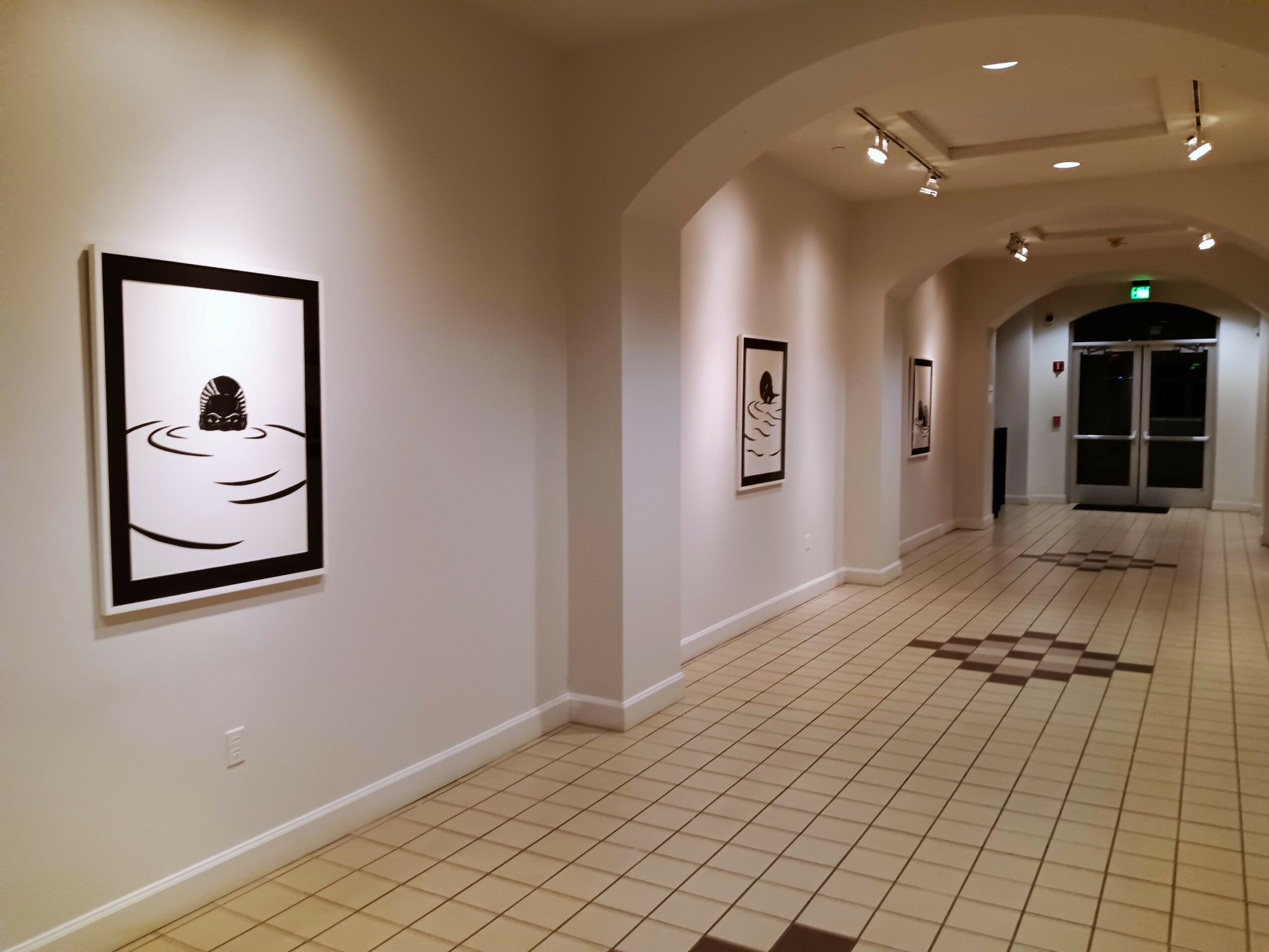

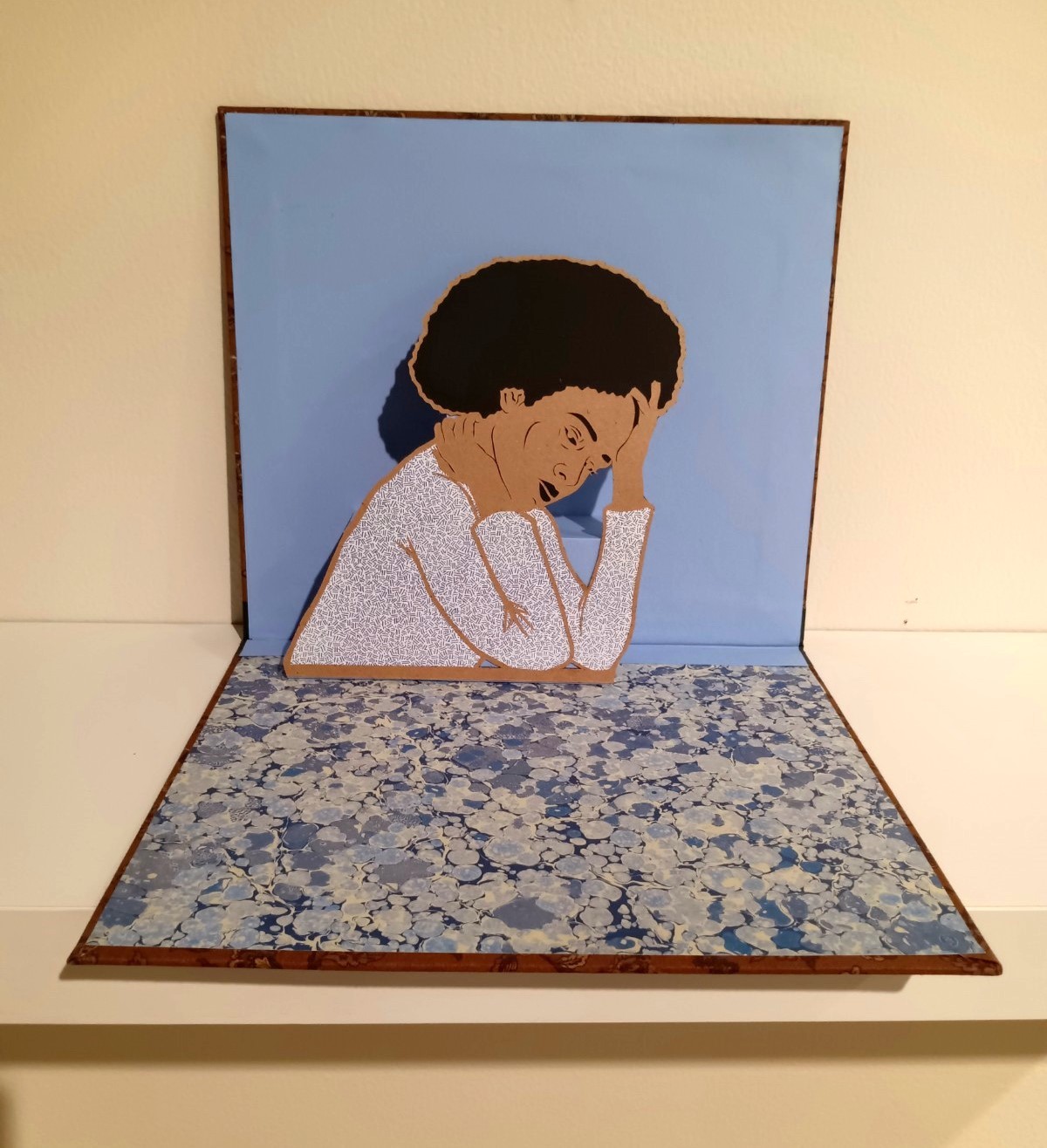
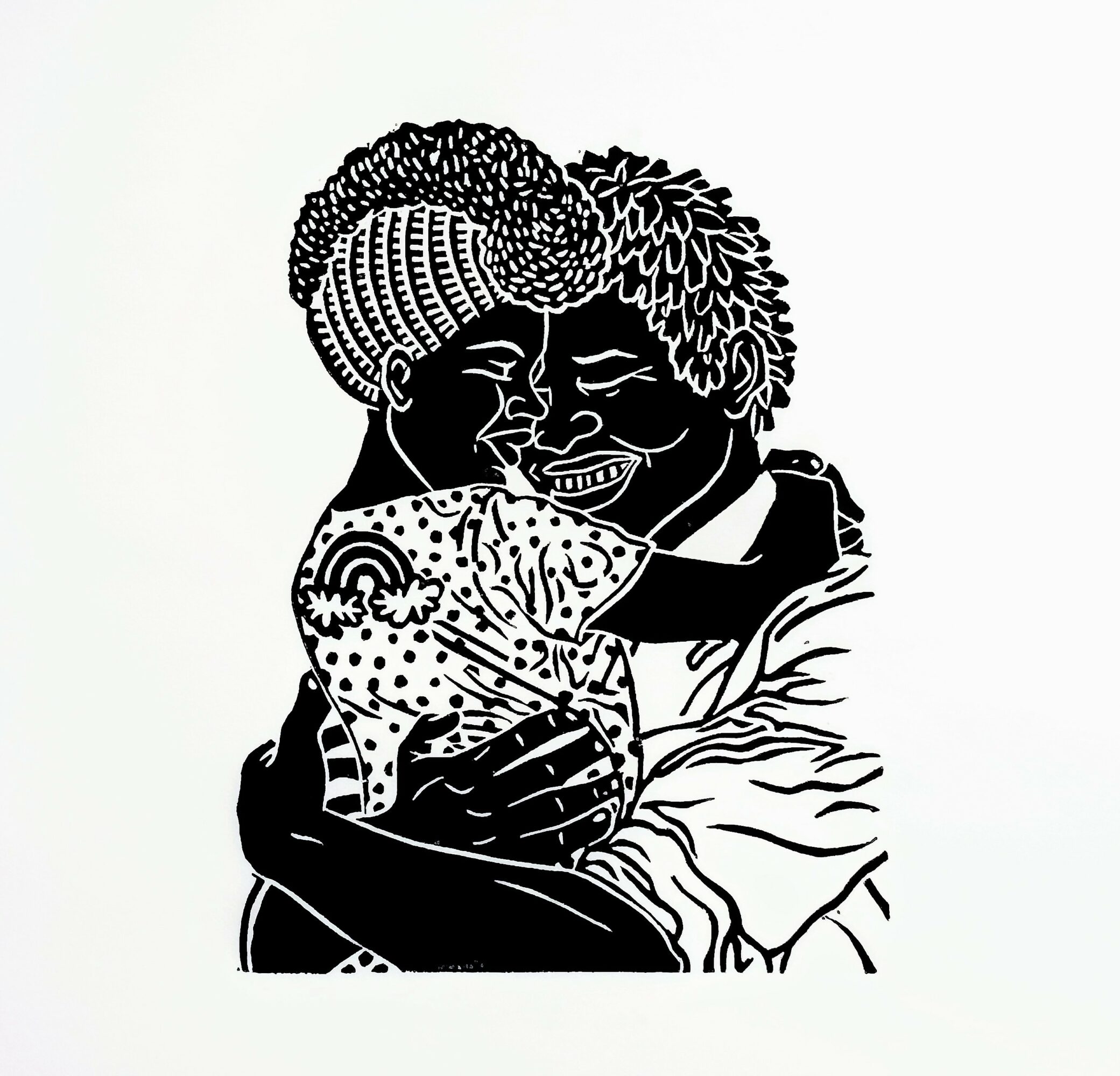

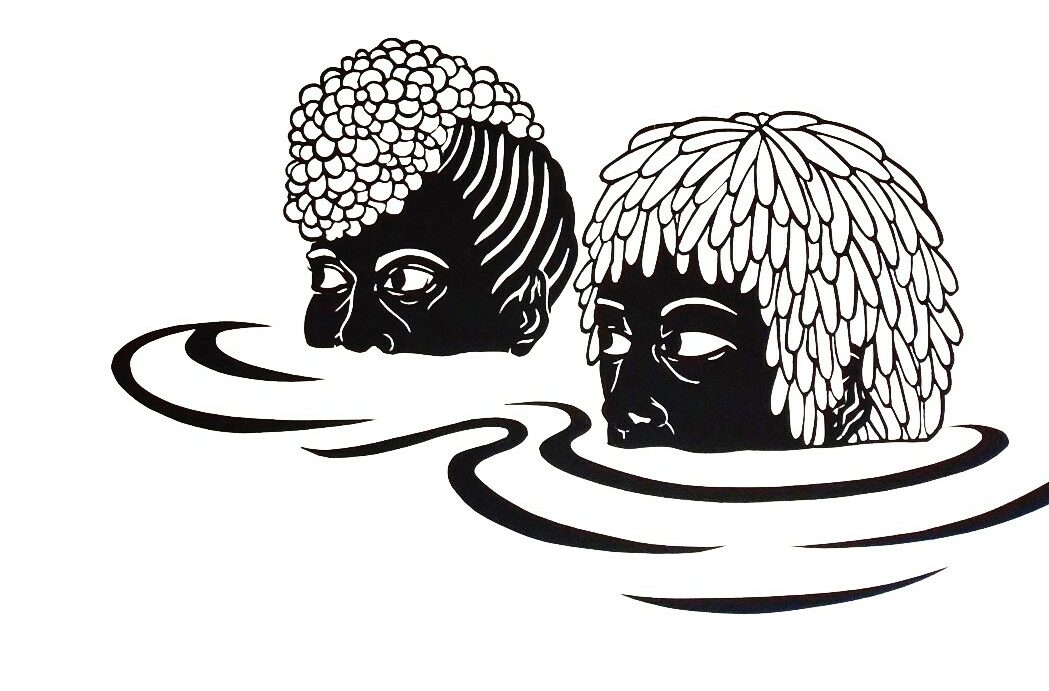
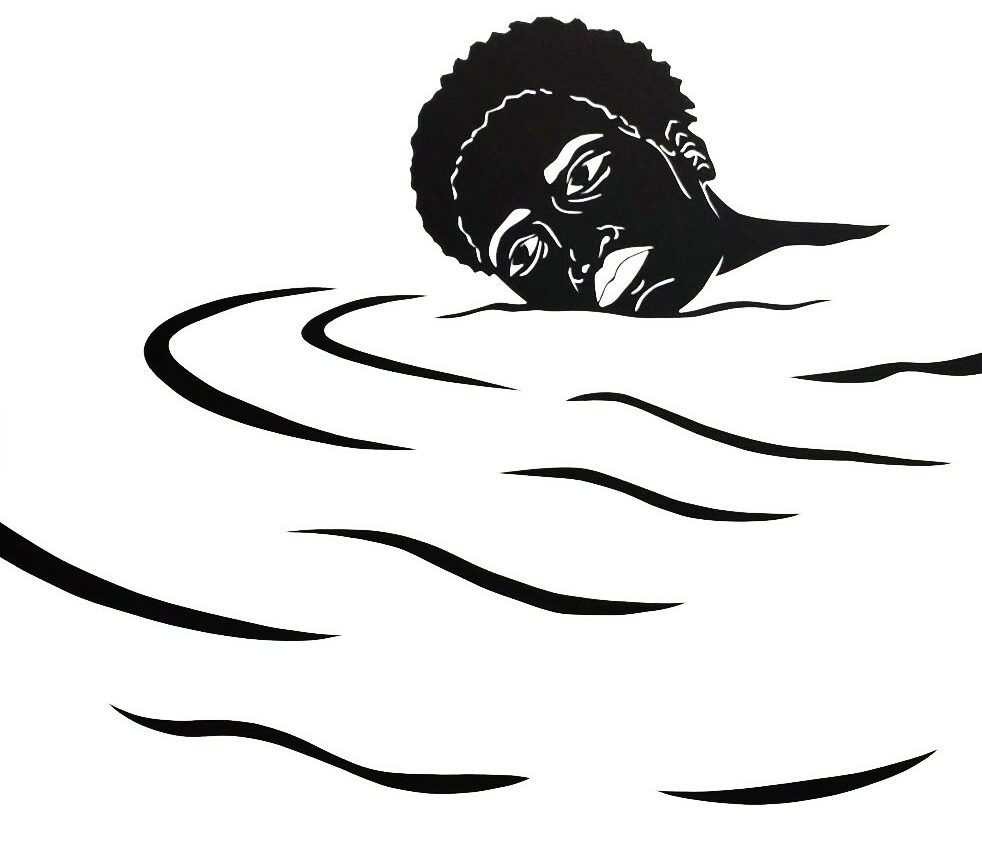
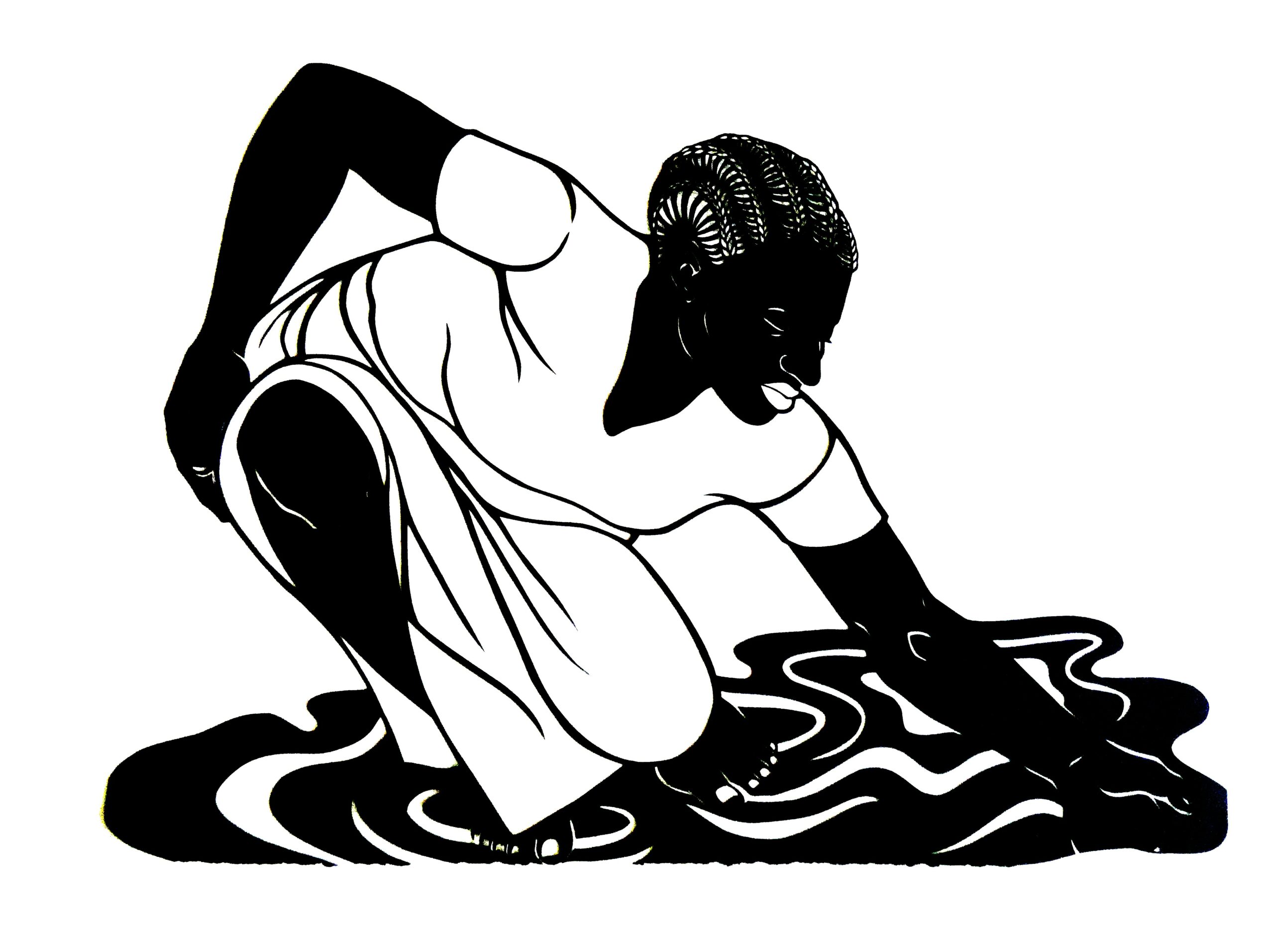 Image Credits
Image Credits
Photo by Sterling Graham courtesy of the artist


